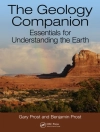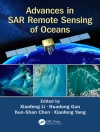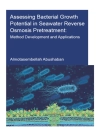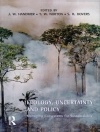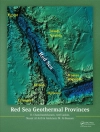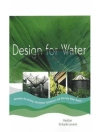’An exemplary introduction to cutting edge work on the geographies of nature. Intellectually demanding, clearly written and empirically rich, this is a book that deserves a wide readership within and beyond the geographical discipline.’
– Sarah J. Whatmore, Oxford University Centre for the Environment
Geographies of Nature introduces readers to conventional understandings of nature – realist, environmental, constructivist – while examining alternative accounts from different disciplines where nature resists easy classification. Accessibly written, it demonstrates how recent thinking has urgent relevance and impact on the ways in which we approach environmental problems. The text:
- Makes concepts like ′environment′, ′conservation′, and ′sustainability′ accessible and applicable with the extensive use of case studies.
- Uses text boxes to introduce readers to debates and ideas.
- Grounds the reader and proceeds to the explanation of more complex arguments progressively.
Geographies of Nature presents a new kind of environmental analysis, one that refuses to view nature as wholly separate to the human and nonhuman practices through which it is constantly made and remade.
Spis treści
PART ONE: WHAT ARE GEOGRAPHIES OF NATURE?
Nature′s reality
The Thought of Nature
Towards the co-production of nature and society
Hybrid Natures
Geographies of Nature and Difference
PART TWO: HOW AND WHY GEOGRAPHIES OF NATURE MATTER?
First things? Nature and the Sciences
Securing Natures
Conserving natures
Animals and Environments – Towards a caring environmentalism
Environmental policies and sustainabilities
Afterword
Activating geographies of nature


